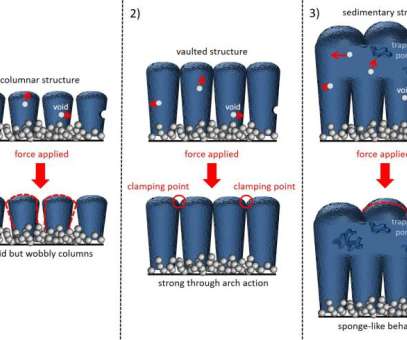GM researchers demonstrate hierarchical electrode architectures for high energy lithium-chalcogen rechargeable batteries
Green Car Congress
DECEMBER 17, 2018
lithium-sulfur (Li-S) and lithium selenium (Li-Se) systems— are promising candidates for high energy electrical storage solution. A corresponding chalcogen cathode structure, which is composed of a chalcogen element (S or Se), a conductive framework, and a polymer binder, is well-accepted for most studies.







































Let's personalize your content